Like it, or not, Rye is very dependent on its visitors – from home as well as abroad – who are attracted by its history and its architecture – but I wonder whether we make enough of all Rye’s history – right up to the present day?
With the sea now only visible in the distance, it is easy to forget that Rye (despite its size) was once one of the country’s busiest and leading ports in terms of trade back in the Middle Ages, partly because of the local wool, timber and iron, but partly because French imports of wine and other goods could quickly reach London by pack horse.
Rye therefore has always been a “frontier” town, whether the invading forces were Romans or Normans – or French or German in more recent centuries.
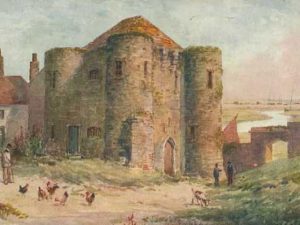
The Ypres Tower was built to protect Rye from the marauding French in the Middle Ages when waves battered the town’s outskirts, while the more recent Martello Towers and the Military Canal were designed to outwit Napoleon.
However the two most recent “battles” (despite Rye’s naval history) were fought in the air over Sussex and Kent – in 1940 with the Battle of Britain when the Nazis tried to bomb Britain into submission, and in 1944 when Hitler’s last gasp action was the launching of hundreds of “doodle bugs” (an early version of cruise missiles) on South East England – and many were shot down locally by massed anti-aircraft guns or brave pilots.
Rye’s Castle and East Street museums do a great deal to publicise our very crowded history – but could we do more? And do we need new spaces for this?
I was reminded of Rye’s long and wide ranging history last weekend when I was sitting in the Benson Room at Magdalene College in Cambridge listening to a talk about Samuel Pepys, the founder of our modern navy.
Before Pepys, the monarchy relied on the Cinque Ports (of which Rye is one) to provide ships and men when the monarchy needed them, and Pepys himself (as Secretary of the Navy) turned to the Cinque Ports of Rye and Sandwich to find a seat in Parliament.
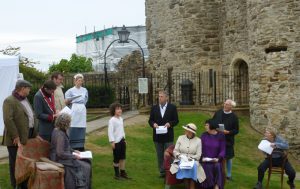
Rye then had very few voters and could be counted on as a “pocket borough” to vote in the right candidate, but in the end Harwich (another historic port) elected Pepys as their MP.
However Rye did elect the future Duke of Wellington (and Prime Minister) as its MP in 1806, as its reputation as a pocket borough, where the seat could be bought was still alive and well.
After Pepys’ death his library was bequeathed to Magdalene College and AC Benson (who wrote the words of “Land of Hope and Glory”) was Master of that college early in the 20th century.
And he was the brother of EF Benson who was Mayor of Rye, lived in Lamb House (now run by the National Trust) and wrote the Mapp and Lucia novels (see photo above).
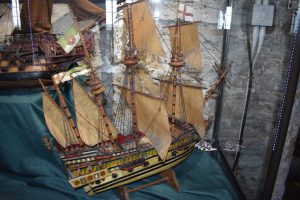
Visitors to the town in the past can experience an introduction to the town’s history through the Town Model presentation in the Heritage Centre – the future of which future may (hopefully) be assured in the near future.
But Rye’s history is so long and detailed (for example Sir Francis Drake, see photo above) dropped off a wealthy prisoner as a hostage in Rye while fighting the invading Spanish Armada in Elizabeth I’s) that I wonder whether our existing museum can cope with it all.
However the long term future of the historic Landgate (apparently not exactly high on Rother District Council’s agenda) may provide ways to enlarge our historic offering for visitors.
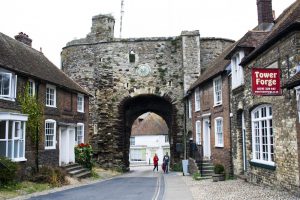
The Town Model too might provide opportunities as the current commentary and sound and light effects could be modernised and enhanced (given technological changes and their decreasing costs in recent years).
Another opportunity as well is the recent book suggesting that William the Conqueror arrived in 1066 at the natural Camber harbour (rather than at Pevensey), unloaded his army near Winchelsea, and defeated the Saxons somewhere in the Brede Valley – but not necessarily at Battle.
As ships were smaller and shallower in the distant past, such as Viking longboats and only started to get bigger in Tudor and Stuart times, Camber, the sheltered harbour between Rye and Winchelsea protected by shingle banks, could house large numbers of boats, and made Rye the leading port it then was. But our trade now is in tourists.
Image Credits: John Wylie , Kenneth Bird , Tony McLaughlin , John Minter , Dee Alsey .



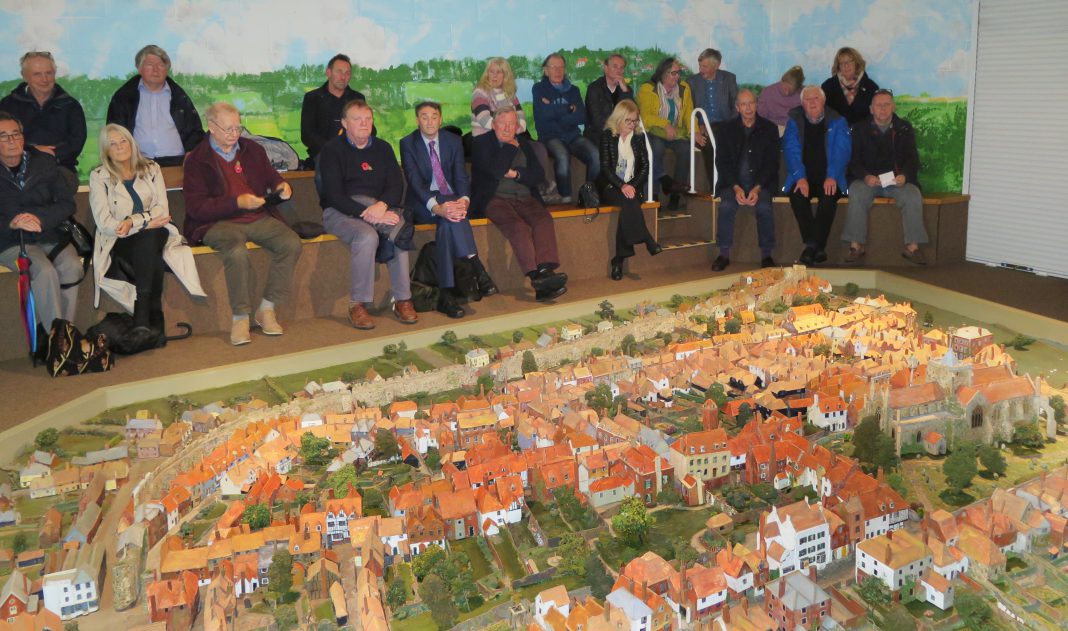
Some interesting points here, with lines that chime with the aims and objectives of the group led by Simon Parsons intent on taking over the Heritage Centre. The group is at an advanced stage of negotiation with Rye Town Council; it is hoped to agree details in the New Year. Certainly the proposal is to maximise the use of the Town Model and to partner it with AV exhibitions to tell the story of the maritime and rural history of Rye, – not covered elsewhere – all to enhance visitors’ “reasons to visit”.
Rye Castle Museum has excellent displays, in the Ypres Tower and East Street, which feature the maritime history of Rye and local industries. The Museum Association also maintain both those buildings for the benefit of the town.